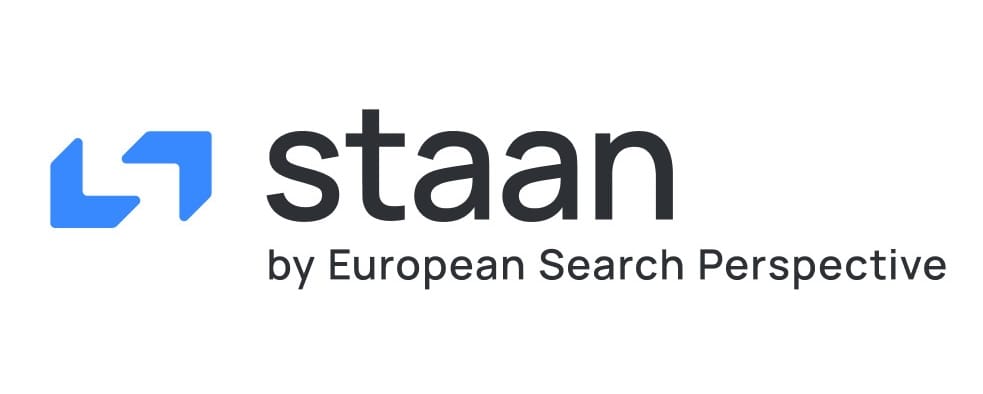How to Use the Staan API: A Complete Guide

The Staan API offers a powerful way to connect your applications with Staan’s recruitment and HR data services. Whether you want to automate job listings, retrieve candidate data, or integrate workflows into your HR software, this guide will walk you through exactly how to use it.
In this article, we’ll cover:
- What the Staan API is and how it works
- How to authenticate and get your API key
- Example API requests and responses
- Common use cases
- Best practices for performance and security
What Is the Staan API?
The Staan API is a REST-based interface provided by Staan, allowing developers and businesses to programmatically interact with its recruitment and HR data systems.
It enables automation of tasks such as:
- Fetching live job postings
- Updating or creating candidate records
- Synchronizing recruitment data with external CRMs or HR tools
- Generating analytics dashboards from recruitment metrics
For high-growth teams, integrating the Staan API can significantly reduce manual data entry, improve accuracy, and speed up recruitment pipelines.
Step 1 Get API Access
Before you can make requests, you need valid credentials.
- Create a Staan account or log in to your existing account.
- Navigate to Developer Settings in your Staan dashboard.
- Generate an API key. Keep this key safe and never share it publicly.
- Note the Base URL for your environment (sandbox vs. production).
Sandbox: https://sandbox.api.staan.com/v1/
Production: https://api.staan.com/v1/
Step 2 Authentication
The Staan API uses Bearer Token Authentication.
Authorization: Bearer YOUR_API_KEY
Content-Type: application/json
Step 3 Making Your First Request
To fetch job listings:
curl -X GET "https://api.staan.com/v1/jobs" \
-H "Authorization: Bearer YOUR_API_KEY" \
-H "Content-Type: application/json"
Expected JSON response:
[
{
"id": "J12345",
"title": "Senior Data Analyst",
"location": "Amsterdam",
"posted_at": "2025-08-05T09:00:00Z"
},
{
"id": "J12346",
"title": "Finance Controller",
"location": "Utrecht",
"posted_at": "2025-08-08T11:30:00Z"
}
]
Step 4 Posting Data
To add a candidate to your database:
curl -X POST "https://api.staan.com/v1/candidates" \
-H "Authorization: Bearer YOUR_API_KEY" \
-H "Content-Type: application/json" \
-d '{
"first_name": "John",
"last_name": "Doe",
"email": "john.doe@example.com",
"skills": ["Finance", "Data Analysis"]
}'
Step 5 Common Use Cases
- HR Automation — Connect Staan to your HRIS or ATS for real-time updates.
- Analytics & Reporting — Feed recruitment data into BI dashboards.
- Candidate Portals — Build public-facing job boards or career sites.
- Internal Matching — Use AI to match candidates to open positions.
Step 6 Best Practices
- Use pagination for large datasets to avoid performance bottlenecks.
- Implement retries for rate-limited requests.
- Secure your API key in environment variables.
- Log errors for debugging and monitoring.
- Test in sandbox before going live.
Conclusion
Integrating the Staan API into your systems can drastically streamline recruitment processes, reduce repetitive work, and improve data quality.
For companies aiming to scale faster, automating data flows is no longer a luxury it’s a necessity.
If you need help designing or implementing an API integration strategy, Scalevise can assist with architecture, automation, and deployment.
